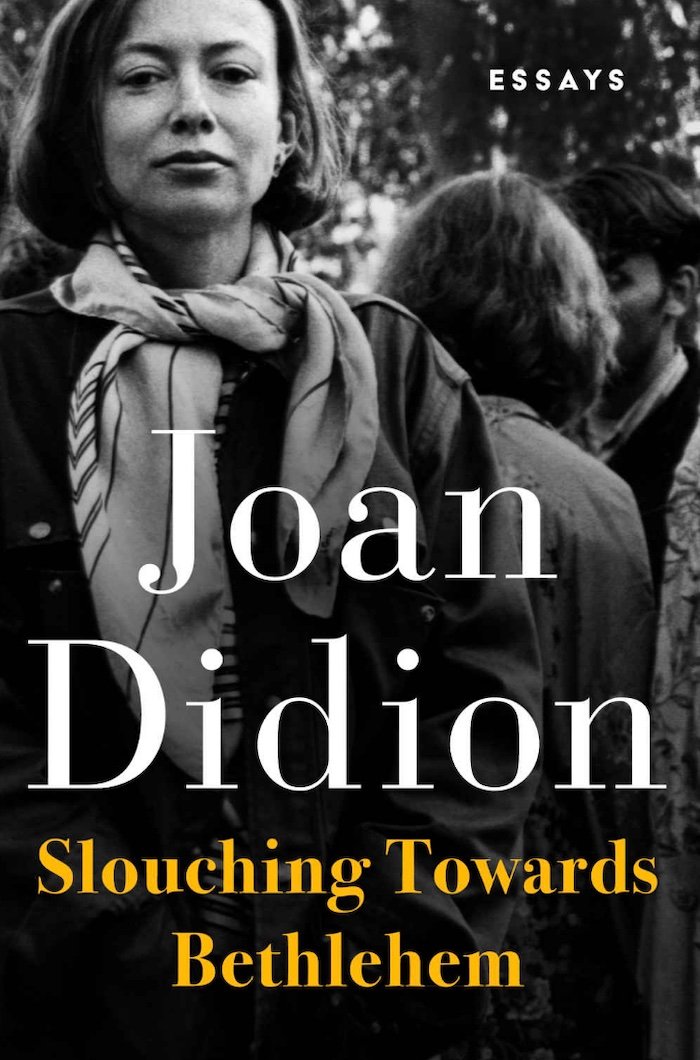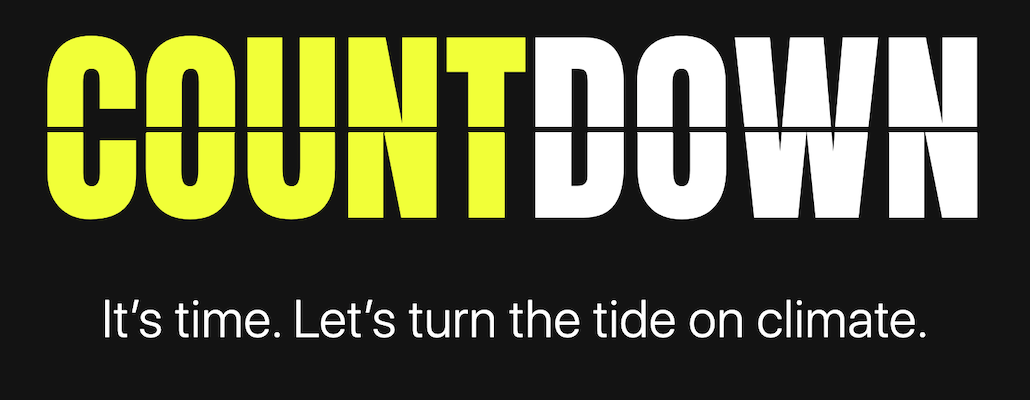250 Filmmakers Tell 1 Pandemic Story
The depth of storytelling is without limits, which is why I often tap into the brilliance of other individuals and organizations to expand my own wisdom and perspective on the art. And that would explain why I’m a big fan of Muse Storytelling. As masters of video production they not only produce world-class film, but they are world-class givers, sharing their expertise with the film industry at large, as well as the global community.
Amid the crisis we now know as COVID-19, they decided to send the world a message of hope based on the poem Lockdown by Brother Richard Hendrick, as read by spoken word artist, Marshall Davis Jones, with the stunning visual representation by a global team of filmmakers.
Born from a feeling of isolation and a fierce desire to find purpose in the face of helplessness, #ChooseHopeStory is the collective effort of over 250 filmmakers across the globe to share stories of compassion and unity amidst the COVID-19 Pandemic.
A global team of filmmakers came together over the course of just ten days to develop the creative, bring together footage, and edit the four-minute video while filming up until the last day on several continents around the world.
Each filmmaker brought in their own unique perspective of the pandemic in the film creation – from an expectant mother who is 33 weeks pregnant to a therapist and filmmaker who is struggling with the anger that the uncertainty has caused him.
To continue sharing the stories of these incredible moments amidst the COVID-19 pandemic, Muse and their community are challenging people from around the world to continue to come together with stories of hope, sharing their inspiring moments on social media with the #choosehopestory.
A heartfelt thanks to Founder Patrick Moreau, CEO Rebecca Rapple, and the incredible team at Muse Storytelling for producing this message of hope and human resiliency.
Lockdown
Yes there is fear.
Yes there is isolation.
Yes there is panic buying.
Yes there is sickness.
Yes there is even death.
But,
They say that in Wuhan after so many years of noise
You can hear the birds again.
They say that after just a few weeks of quiet
The sky is no longer thick with fumes
But blue and grey and clear.
They say that in the streets of Assisi
People are singing to each other
across the empty squares,
keeping their windows open
so that those who are alone
may hear the sounds of family around them.
They say that a hotel in the West of Ireland
Is offering free meals and delivery to the housebound.
Today a young woman I know
is busy spreading fliers with her number
through the neighbourhood
So that the elders may have someone to call on.
Today Churches, Synagogues, Mosques and Temples
are preparing to welcome
and shelter the homeless, the sick, the weary
All over the world people are slowing down and reflecting
All over the world people are looking at their neighbours in a new way
All over the world people are waking up to a new reality
To how big we really are.
To how little control we really have.
To what really matters.
To Love.
So we pray and we remember that
Yes there is fear.
But there does not have to be hate.
Yes there is isolation.
But there does not have to be loneliness.
Yes there is panic buying.
But there does not have to be meanness.
Yes there is sickness.
But there does not have to be disease of the soul
Yes there is even death.
But there can always be a rebirth of love.
Wake to the choices you make as to how to live now.
Today, breathe.
Listen, behind the factory noises of your panic
The birds are singing again
The sky is clearing,
Spring is coming,
And we are always encompassed by Love.
Open the windows of your soul
And though you may not be able
to touch across the empty square,
Sing.
Brother Richard Hendrick
◆
◆
contact me to discuss your storytelling goals!
◆
Subscribe to our newsletter for the latest updates!
Copyright Storytelling with Impact® – All rights reserved





 Emotional Reaction Photos by
Emotional Reaction Photos by